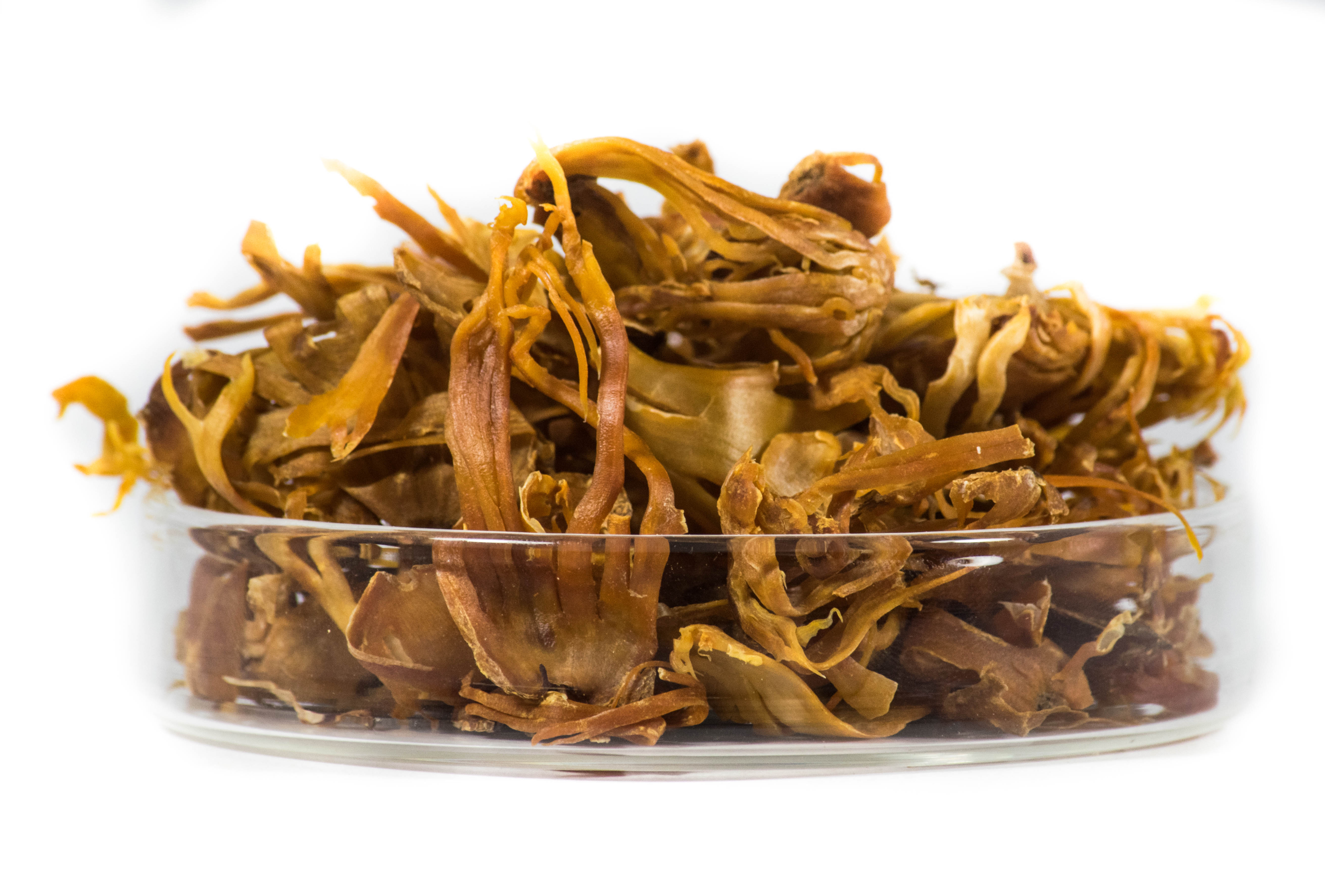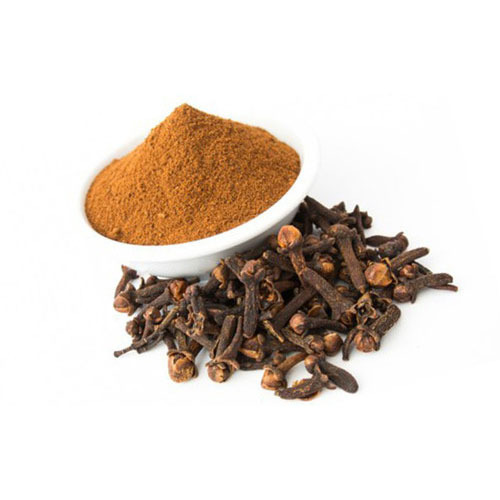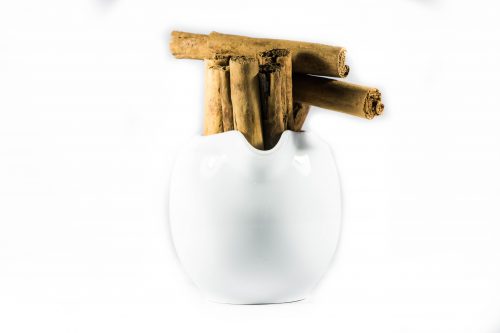Nutmeg
Description
Nutmeg is reported to have been introduced to Sri Lanka in the beginning of the 19th centaury but there are evidences that the crop had been brought here even before that by merchants who were traveling on the Silk Road
Sensory quality
Both spices are strongly aromatic, resinous and warm in taste. Mace is generally said to have a finer aroma than nutmeg, but the difference is small. Nutmeg quickly loses its fragrance when ground therefore, the necessary amount should be grated from a whole nut immediately before usage.






